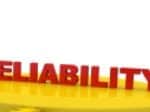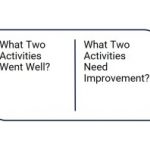
Stress Margin is an interesting topic because our gut reaction is “more is better.” But more isn’t better. The key is figuring out “How much and where?” this is where the attention should be paid.
Too much stress margin can end the project the same way making material too thick will turn a plane into nothing more than a crappy diner with too much security. It’s the correct margin that is needed. How do we select the correct margin?













